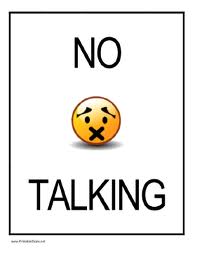 |
| To book - click here: |
Here’s the serious side to the Hairy Planet.
A child who has a fear of haircuts can make haircut time a distressing experience for the whole family.
So how does The Hairy Planet aim to make a difference?
Firstly – the name. The Hairy Planet was chosen to be fun and child-friendly.
Secondly – the environment. The Hairy Planet is laid out like a ‘den’ with big, hairy scatter cushions and rugs. There’s computer consoles, DVD player, toys and music. No hairdresser smells or hairdryers. You can open or close the mirror, play with hair dressing equipment and play games.
Children visiting The Hairy Planet will take part in different types of play activities that are designed to address their coping needs and help modify behaviour.
· Information
· Choices and Control
· Stress/Anxiety Management
· Attention and Distraction
· Participation in activities
· De-sensitization Training
· Behaviour Modification
Choices and Control:
Children will be asked is there anything they can see or think of to make them feel better when they get their haircut. Allowing children the ability to make changes so they feel more comfortable are control-related coping strategies.
Children can make choices of where they sit when their hair is cut, what they would like to hold, who they want with them, which toy, watch a DVD or Playstation game, or listen to music.
Stress/Anxiety will be measured using a calmness scale – which is a visual representation of calm, slightly anxious, anxious, very anxious and panicky.
Toys, games, music, computers and DVD’s are available to the child having their hair cut. These will be selected by the child before they have their hair cut. Other distraction toys will be introduced as needed or requested.
For children who have sensory dysfunction, we have a selection of vibrotacile toys that imitate the sensation of hair clippers.
There are games and activities for children to play, touch and feel.
With guided supervision and safety equipment in place, Children will have the opportunity to touch, turn clippers on and off, and feel the clippers against their skin.
We will use the calmness scale with each child to understand their perception of haircuts.
Highly reinforcing toys and activities are available at times throughout the play session – and are given to children freely during and after their haircuts.
Prior to visiting, parents are asked to rate their child’s coping ability at the hairdressers on a calmness scale:
1) Calm
2) Slightly Anxious
3) Anxious
4) Very anxious
5) Panicky
It’s fine to take your child home straight after they get their haircut, but staying for the end of the session is a good idea. This way, they will have time to relax and play before going home.
For your child’s comfort, bring a clean T-shirt to wear after their haircut.
You can bring a favoured DVD from home if your child prefers.
Children may or may not get their hair cut. No child will be forced to avail of a haircut, and we understand that it may take time.
Some children need a number of sessions before they attempt to have their hair cut and we offer a special rate for children who need regular visits.
Phone: 046 9091163 or 087 6907663
Email: info@hometrain.ie




